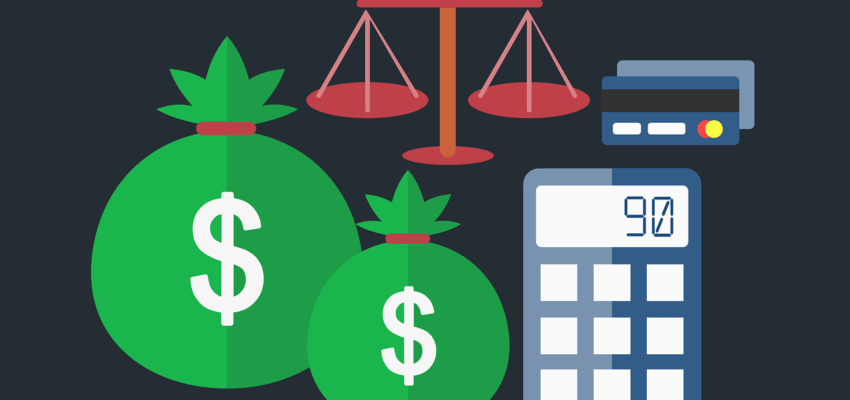Understanding Medicaid Spend Downs: What It Is and How It Works
For many individuals, especially older adults and those with disabilities, affording healthcare and long-term care can be a significant financial challenge. Medicaid offers crucial support, but not everyone qualifies based on income or asset limits. That’s where understanding Medicaid Spend Downs is important. It is a pathway to eligibility for those who exceed Medicaid’s financial thresholds but still have high medical costs.
What Is Medicaid Spend Down
Medicaid Spend Down is a process that allows individuals with income or assets above Medicaid eligibility limits to “spend down” their excess resources on medical expenses to qualify for Medicaid coverage. It’s similar to an insurance deductible; once you’ve paid out a specific amount in medical bills, you become eligible for Medicaid assistance for the rest of the period.
There are two common types of spend down:
- Income Spend Down: For people whose monthly income is too high but who have recurring medical expenses.
- Asset Spend Down: For those whose savings or property exceed Medicaid’s asset limits.
Who Needs a Spend Down
Spend down is often needed by:
- Seniors over age 65
- Individuals with disabilities
- People in need of long-term care
- Those receiving home and community-based services
For example, someone with a small pension or Social Security income that slightly exceeds their state’s Medicaid income limit might still qualify if they have regular out-of-pocket medical costs like prescription drugs, doctor visits, or even insurance premiums.
How Does It Work
Each state administers Medicaid differently, so spend down rules and procedures vary. However, the basic process looks like this:
- Determine Excess Income/Assets: Compare income or resources to the state’s Medicaid limits.
- Calculate the Spend Down Amount: This is the amount you must use for medical expenses to qualify.
- Submit Proof: Provide receipts or bills to your state Medicaid office as evidence of your medical expenses.
- Become Eligible: Once you meet your spend down requirement, Medicaid covers your additional medical costs for a certain period; often between one and six months.
Agents, watch a quick video on the quarterly SEP for dual and drug help elimination 2025
What Counts Toward a Spend Down
Expenses that may count include:
- Unpaid medical bills
- Prescription drugs
- Health insurance premiums
- Doctor and hospital visits
- In-home care services
- Medical equipment
Important Considerations
- Timing Matters: Medicaid coverage through spend down is usually limited to specific timeframes (e.g., a one- or six-month period). Beneficiaries will need to re-qualify at the end of each spend down period. The length of each spend down varies by state.
- Asset Rules Are Strict: Some assets are exempt (like your home or one vehicle), but others may need to be spent down or placed in a trust.
- Documentation Is Key: Keep all receipts and records of medical expenses as proof.
Medicaid Spend Down can be a lifeline for those who need healthcare but don’t meet traditional financial eligibility criteria. It requires careful planning and documentation, but it opens the door to critical services like long-term care and in-home support.
Agents; if you are ready to join the team at Crowe, click here for contract.
Stay up-to-date on agent events and information
If you or a client may benefit from Medicaid but don’t meet the income or asset limits, a CMP (Certified Medicaid Planner) or elder law attorney can provide spend down options and help beneficiaries make informed decisions.














Leave a Comment